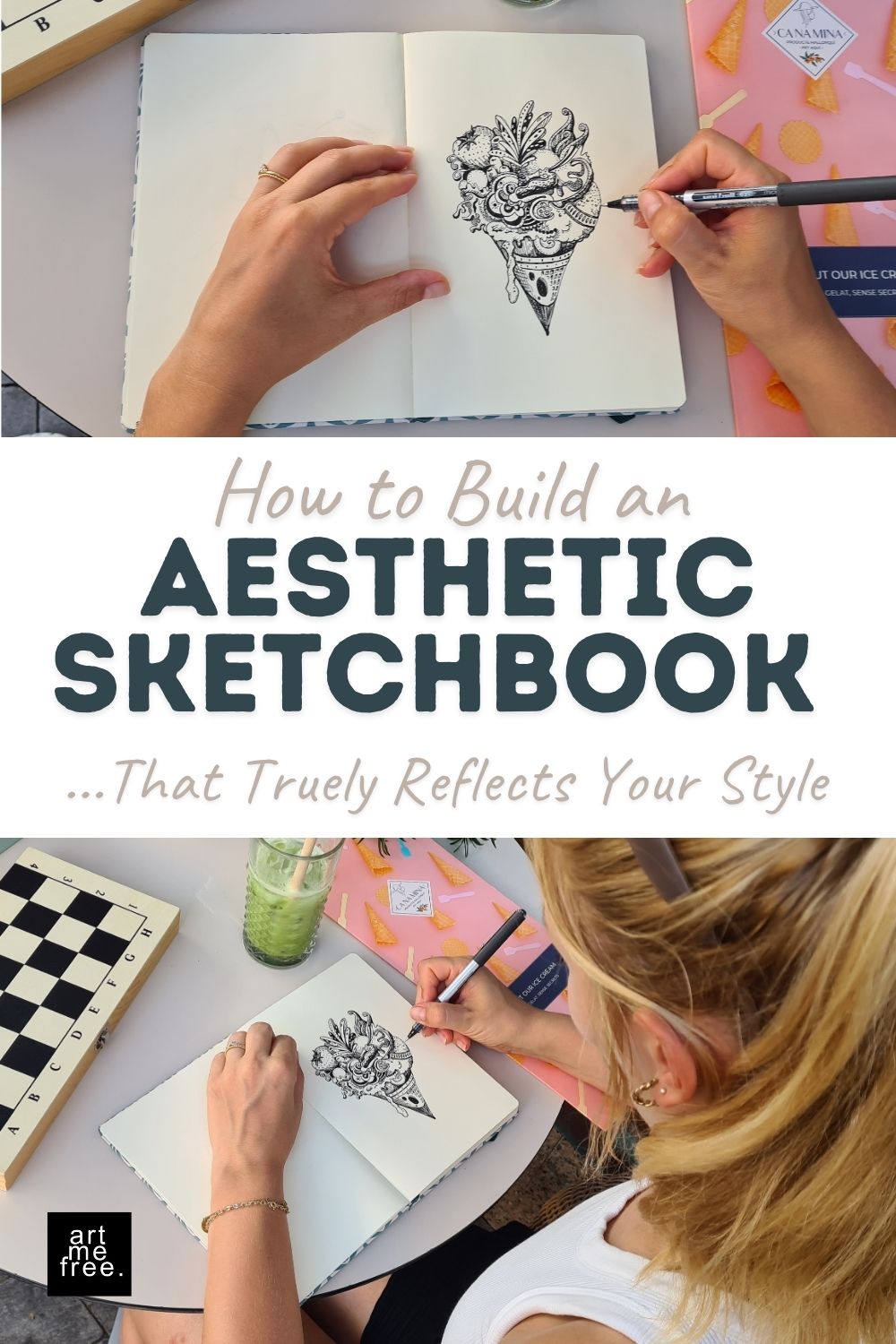
Before diving in, take a moment to reflect on what kind of art excites you. Do you love organic shapes, abstract textures, or detailed cityscapes? Maybe you’re drawn to black and white ink art, like the ones featured in the artmefree gallery.
To start shaping your aesthetic sketchbook:
Gather inspiration from past drawings, saved Pins, or artists you admire.
Look for repeating themes: textures, patterns, shapes, or color choices.
Think about mood—do you prefer calm and minimalist, or dark and moody?
Choosing a visual direction early helps your sketchbook look intentional from the start. If you’re curious about refining a visual style through doodling, check out this post on how to create a captivating doodle aesthetic. It explores how spontaneous sketching can lead to surprisingly cohesive visuals.
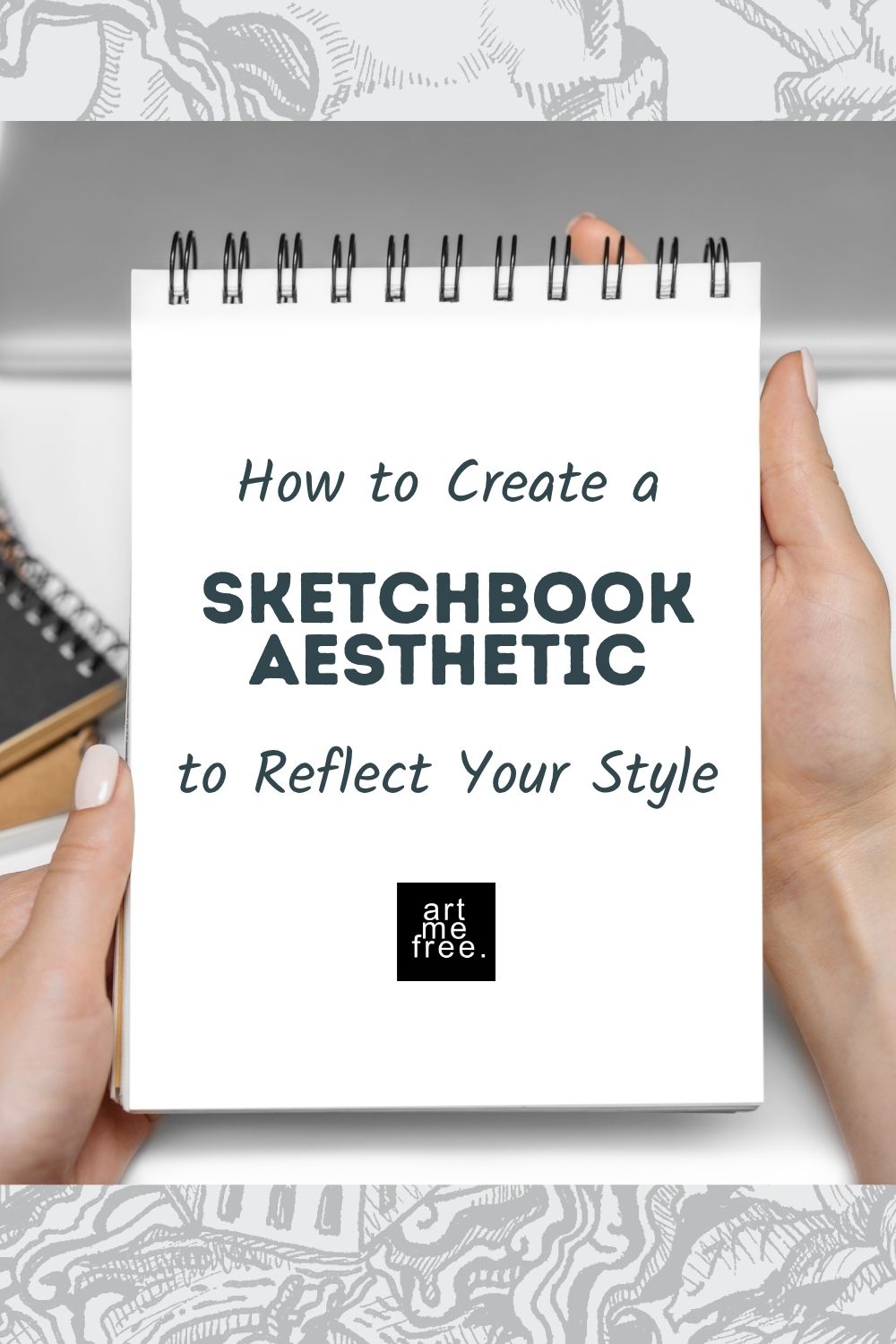
One of the easiest ways to create a consistent and pleasing aesthetic sketchbook is by limiting your colors. A full rainbow can feel overwhelming—try just 2–3 colors instead. Or keep it black and white for a timeless, graphic look.
If your style is like artmefree’s, working with just black pen on white paper can offer striking contrast and endless possibilities. Minimal tools, maximum creativity.
Try this:
Select colors that reflect the emotion you want in your book (earth tones for calm, grayscale for mood, bold red for intensity).
Let texture and linework do the talking when color is minimal.
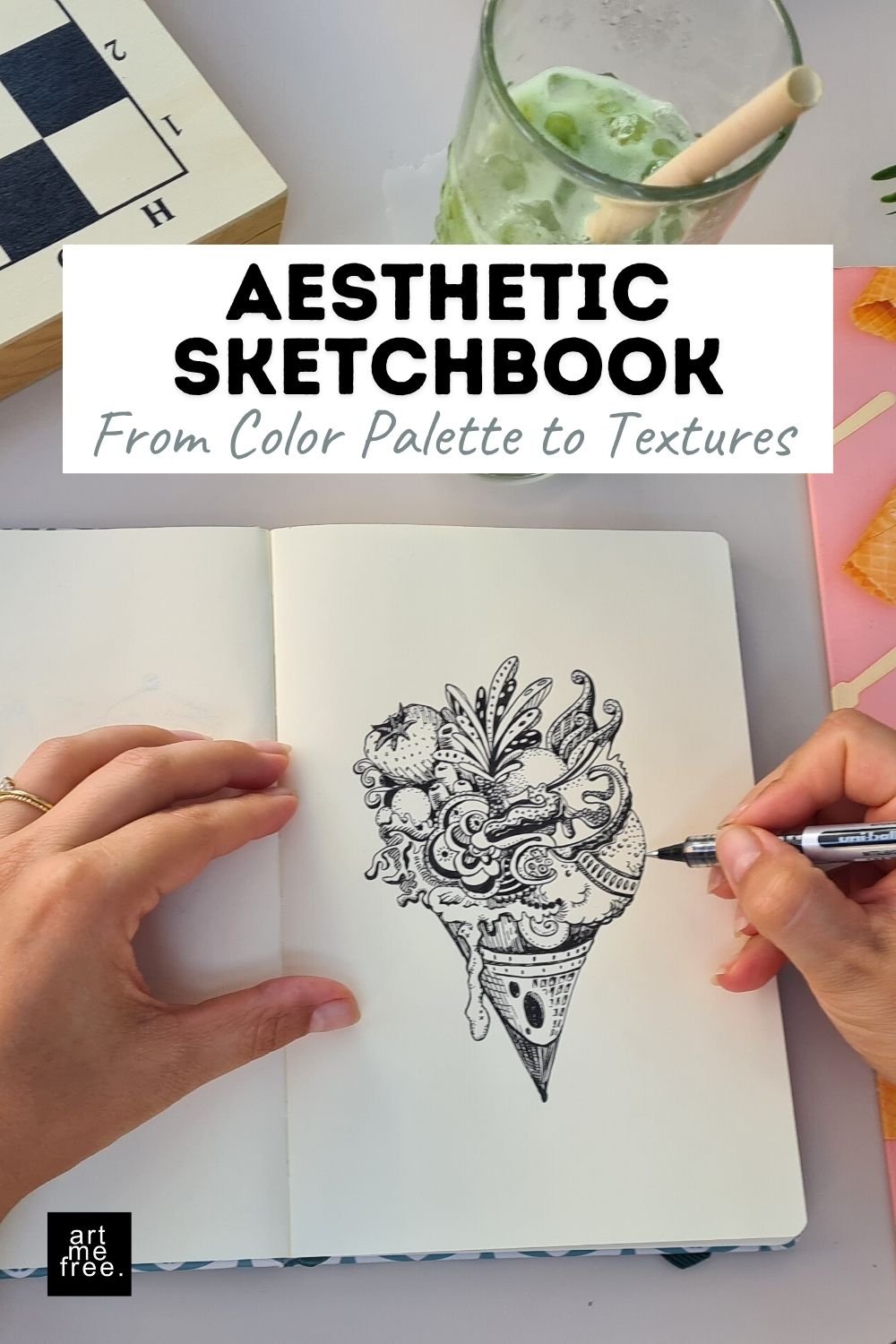
While spontaneity is a big part of sketchbooks, a little planning goes a long way when you’re aiming for an aesthetic look. You can still be free with your lines, but think about layout.
Here’s what works well:
Use white space intentionally—don’t feel the need to fill the page.
Repeat visual elements, like borders, dots, or corner motifs.
Let some pages breathe and others overflow with detail.
Use spreads: create one theme across two facing pages.
Small design decisions make each page feel more like a finished piece, even when it’s just a rough sketch.
If you want to keep your aesthetic consistent, pay attention to how you use your pen. Line weight, shading, and textures all help shape your visual identity.
At artmefree, for example, most works use black ink and fine pens (0.4 to 0.05 thick) to explore textures inspired by nature, machines or architecture – always in a fluid, unforced way.
To explore your own texture style:
Practice hatching, crosshatching, dots, and scribbles.
Mix fine and thick lines for contrast.
Let some areas fade and others get dense and complex.
Don’t worry about being neat—rough edges add personality.
Choosing the right prompts can make a huge difference in how your sketchbook feels. Instead of drawing from generic suggestions, lean into ideas that connect with your personality or mood.
Some creative examples:
“Draw a machine that feels alive.”
“Sketch the mood of a stormy day using only abstract shapes.”
“Design a place that doesn’t exist but somehow feels familiar.”
These kinds of open-ended, emotional prompts often lead to more expressive, personal results.
For more like this, head over to the blog post Creative Sketchbook Prompts. You’ll find an amazing list of original ideas to help you loosen up and dig deeper.
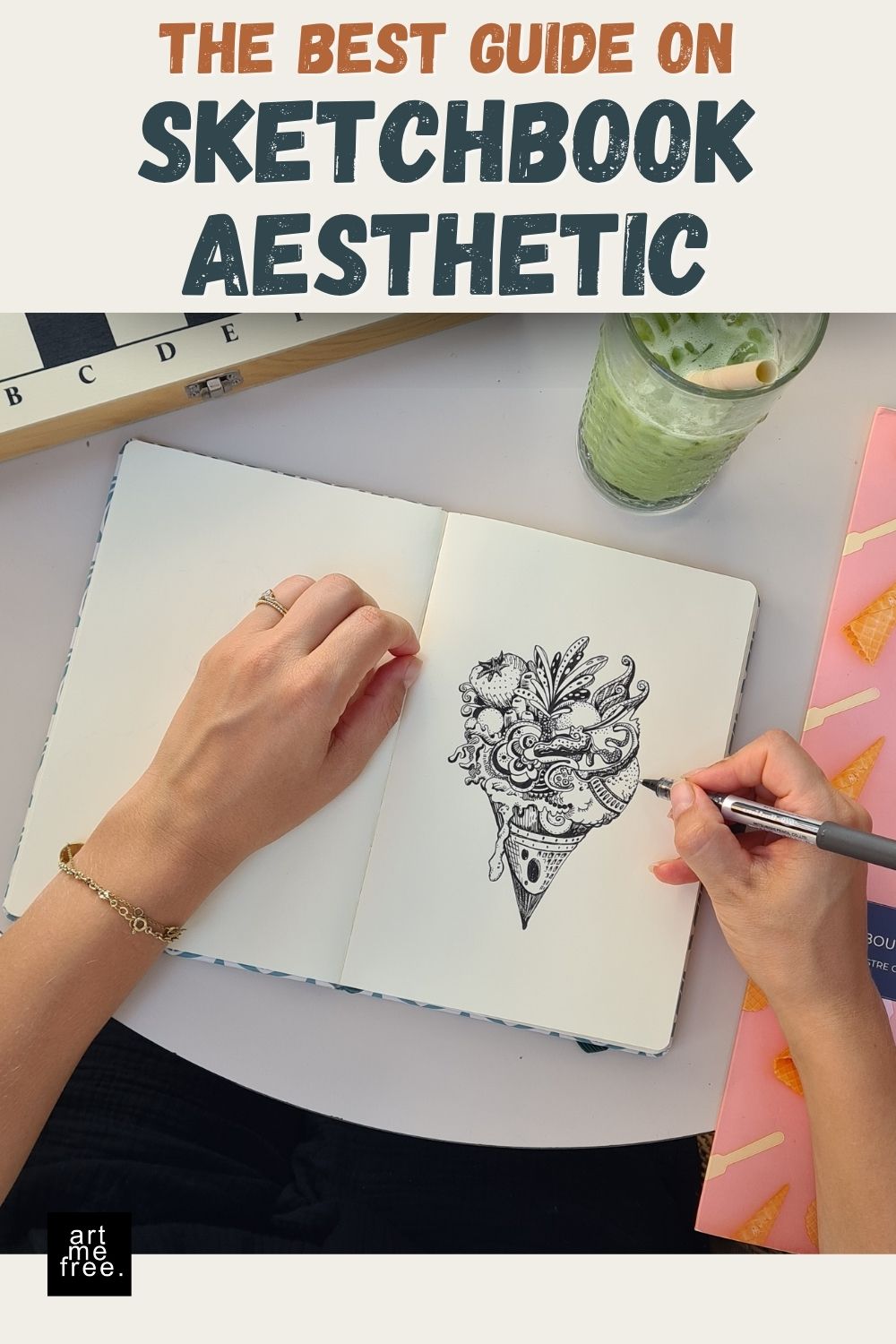
Not every page needs to be polished. In fact, some of the most beautiful sketchbook spreads are raw, messy, or even unfinished. Embracing imperfection is part of building an authentic sketchbook.
It’s easy to fall into the trap of chasing perfection, but art becomes more freeing—and more personal—when you stop worrying about the outcome. If you need a reminder, this post on why perfection in art is overrated might offer the encouragement you’re looking for.
Let your aesthetic include mistakes, smudges, and weird experiments. These are the moments where style is born.
An aesthetic sketchbook isn’t about copying a trend. It’s about developing your own visual rhythm and letting it unfold across each page. Whether you focus on pen drawings, layered textures, or expressive marks, your style will come through as long as you keep going.
If you’re looking for inspiration or love the vibe of minimalist, emotional, and highly detailed black ink work, check out the artmefree shop for original prints that can inspire your next page—or become part of your creative space.
Want to keep these tips close? Pin this blog post for when you’re ready to refresh your sketchbook style.
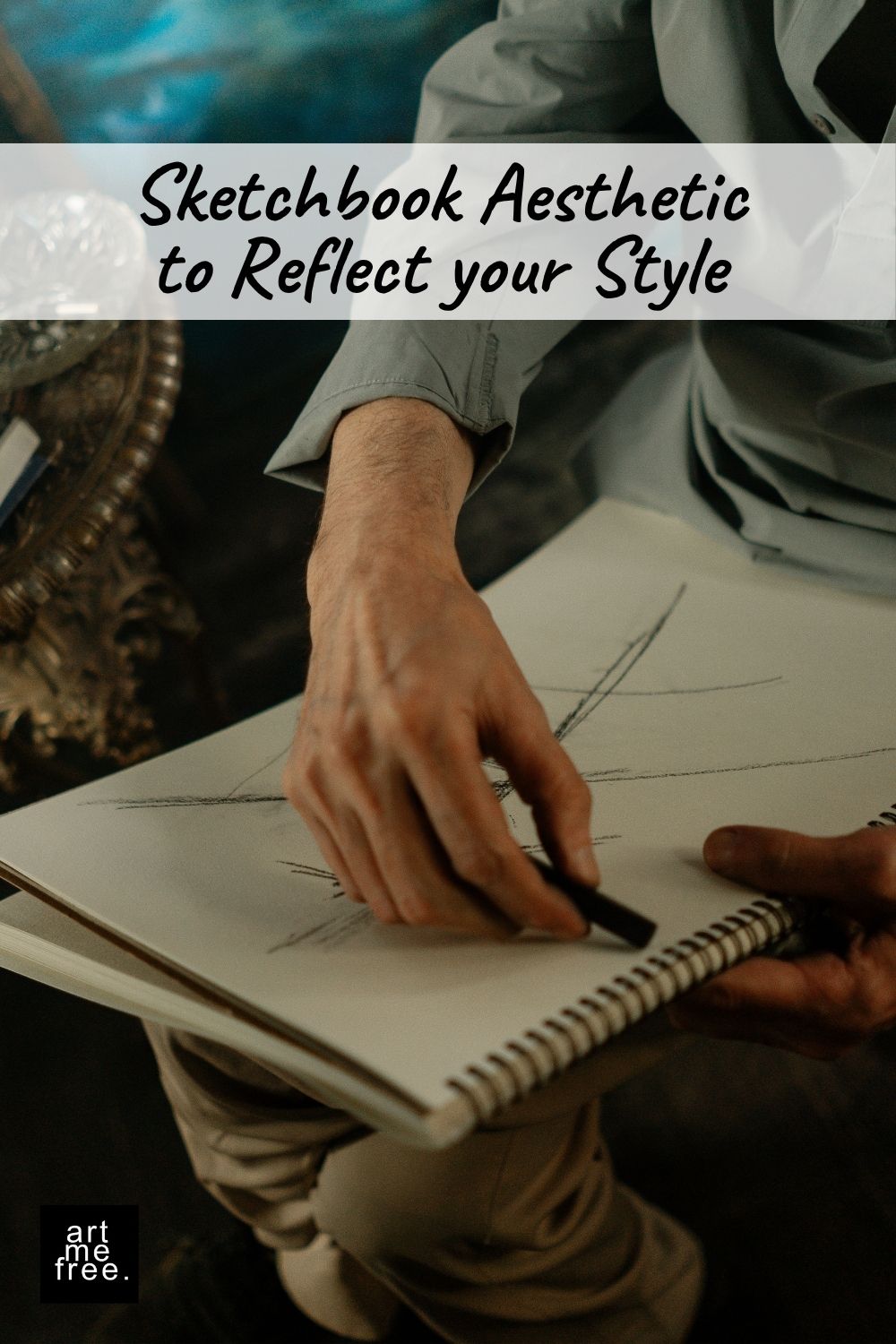
To provide you with an optimal experience, we use technologies such as cookies to store and/or access device information. If you consent to these technologies, we may process data such as browsing behavior or unique IDs on this website. If you do not give or withdraw your consent, certain features and functions may be impaired.